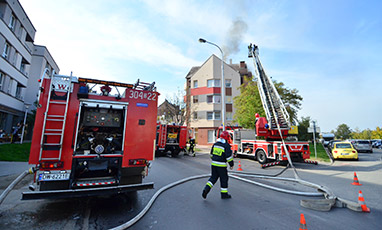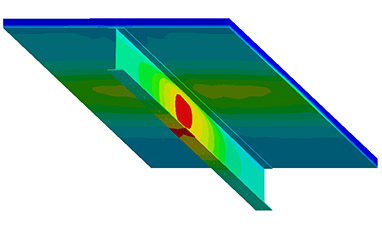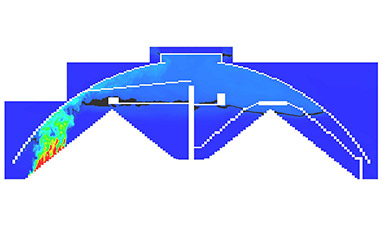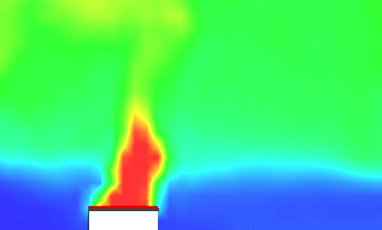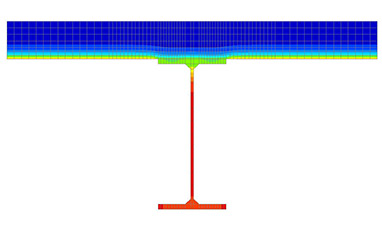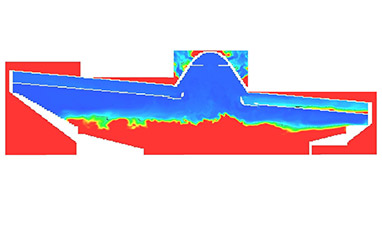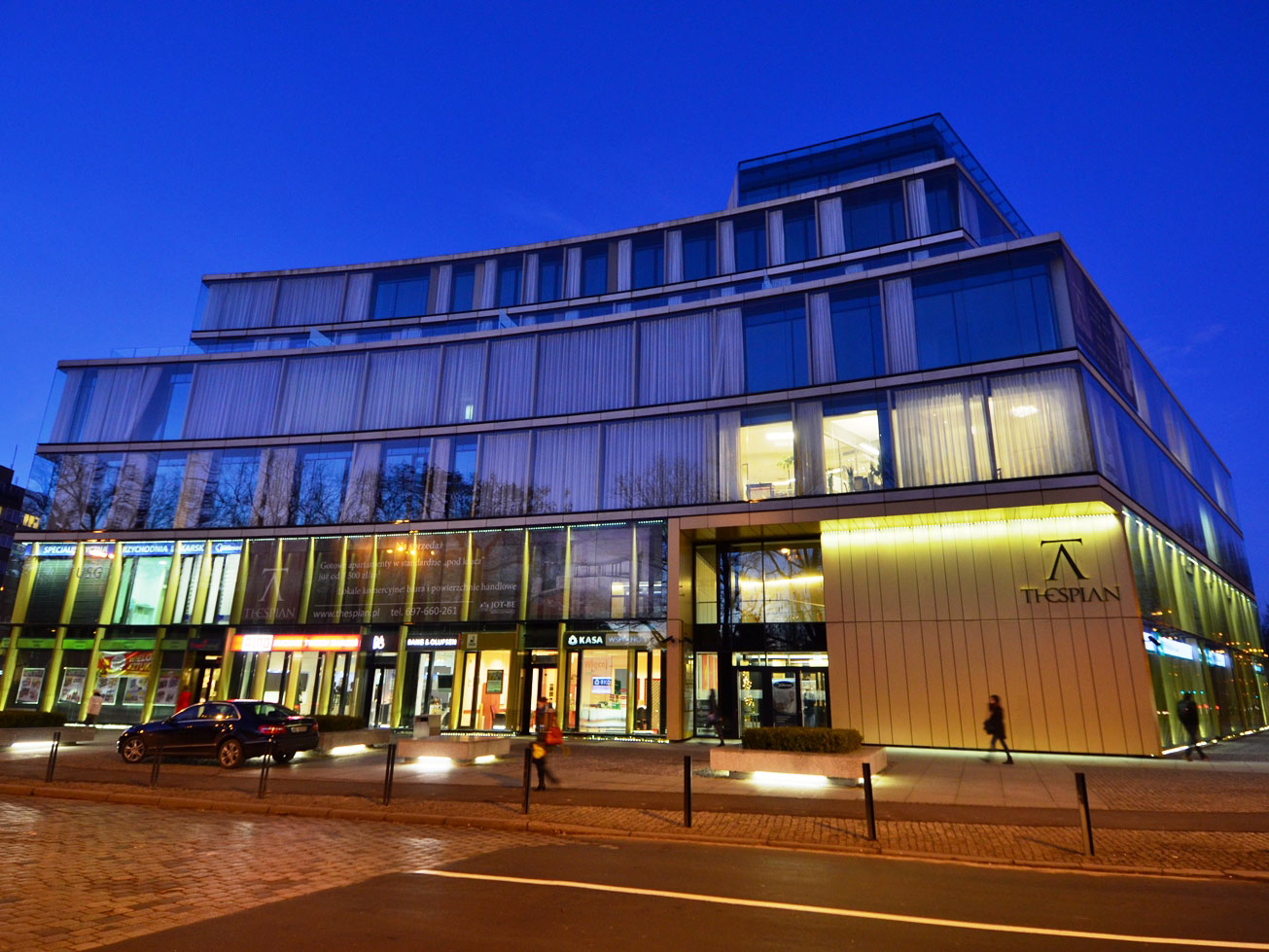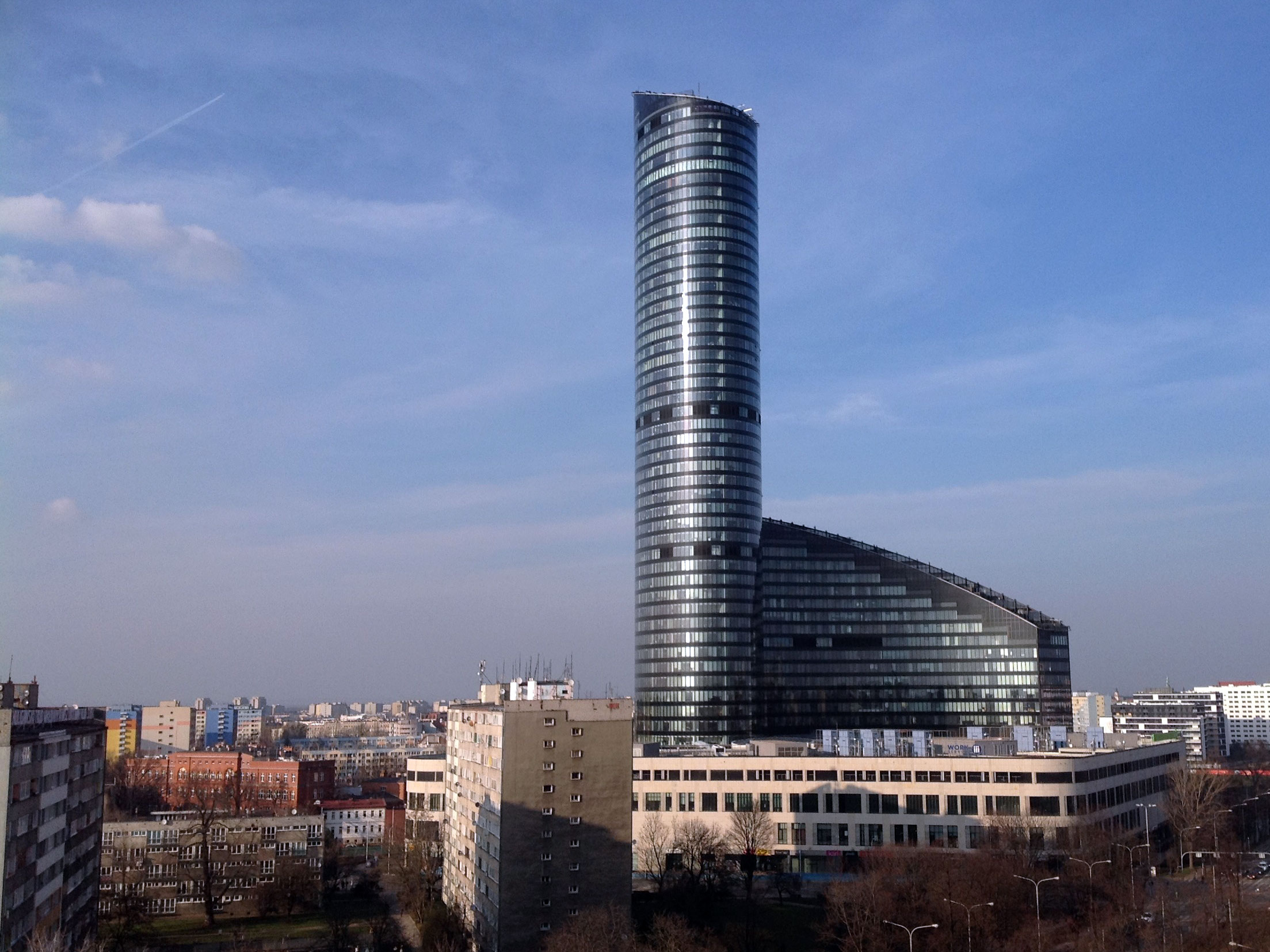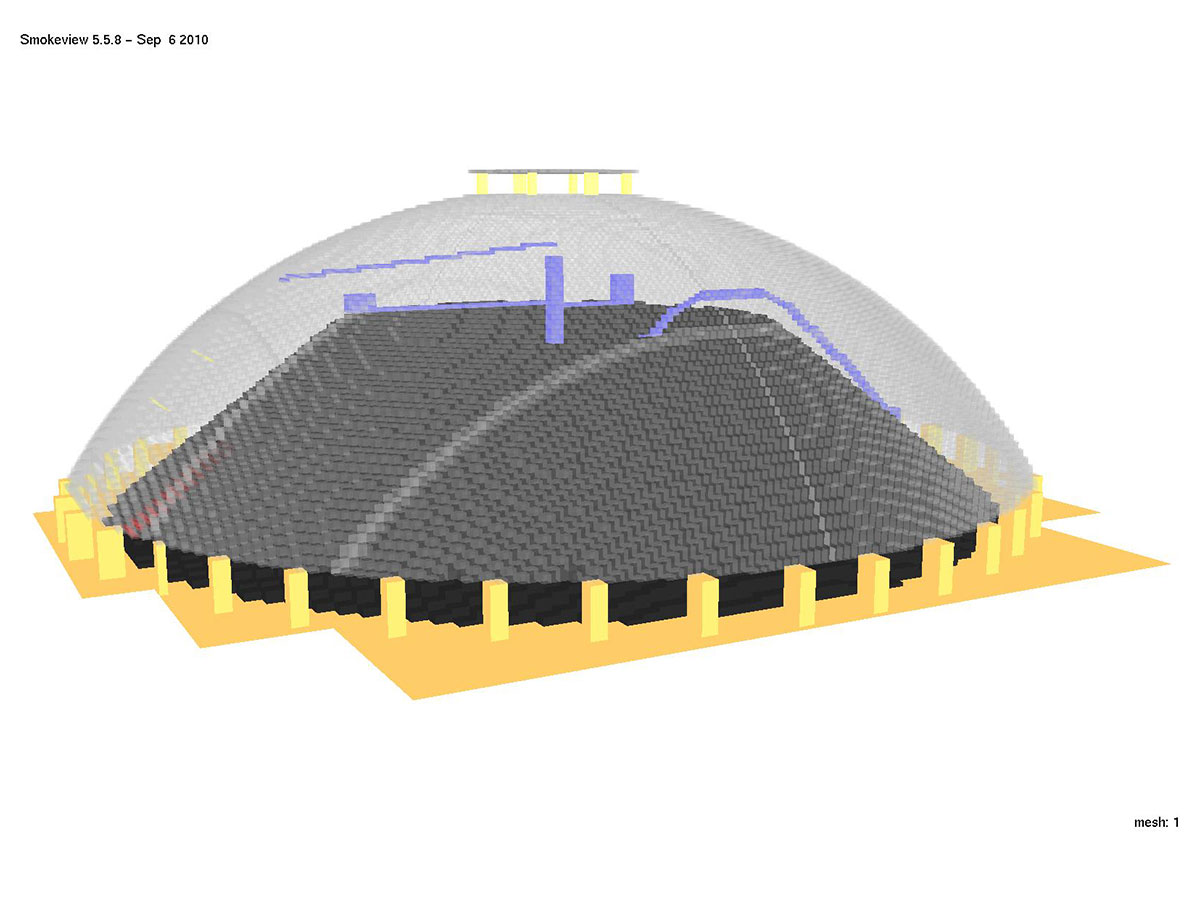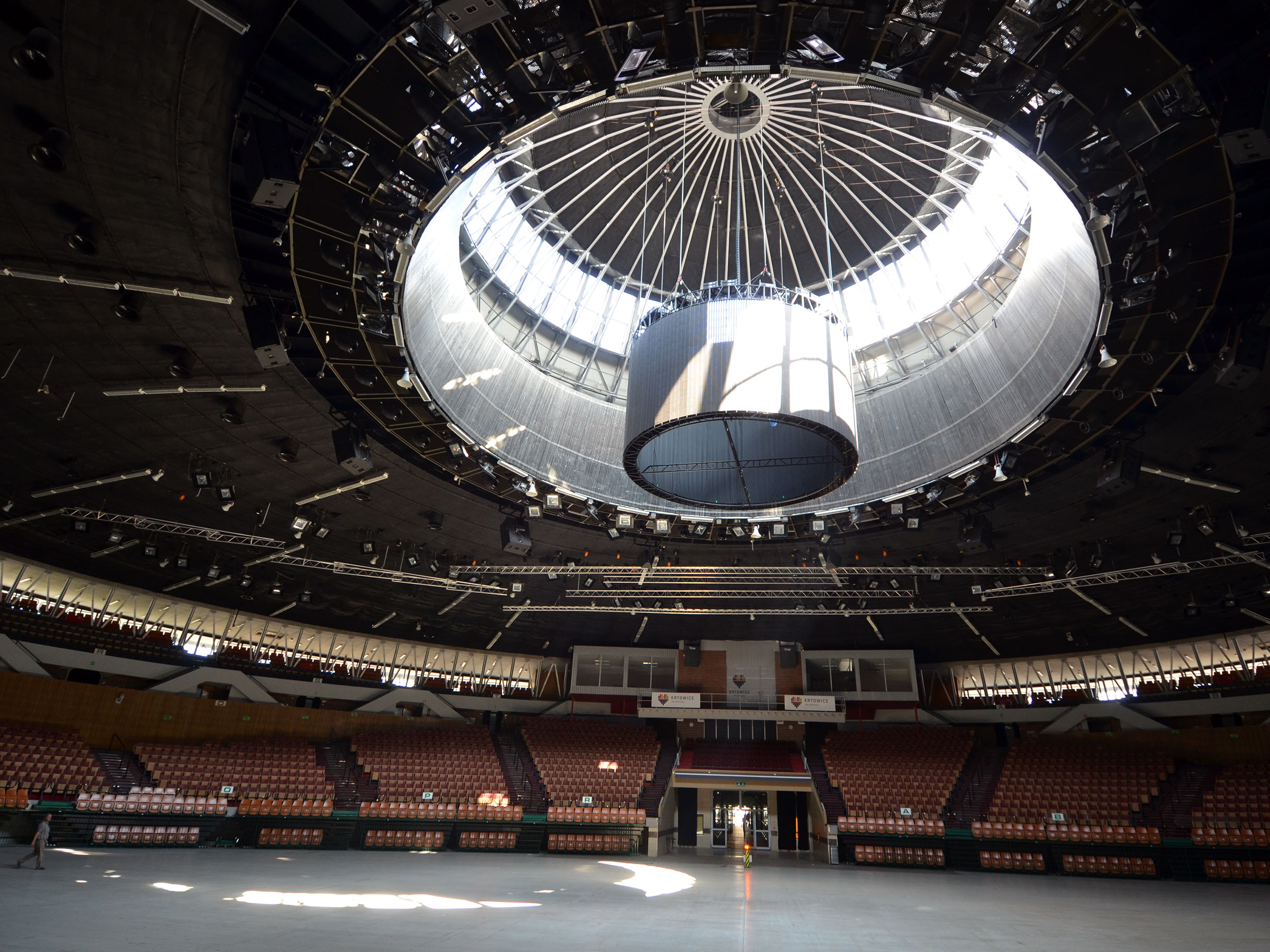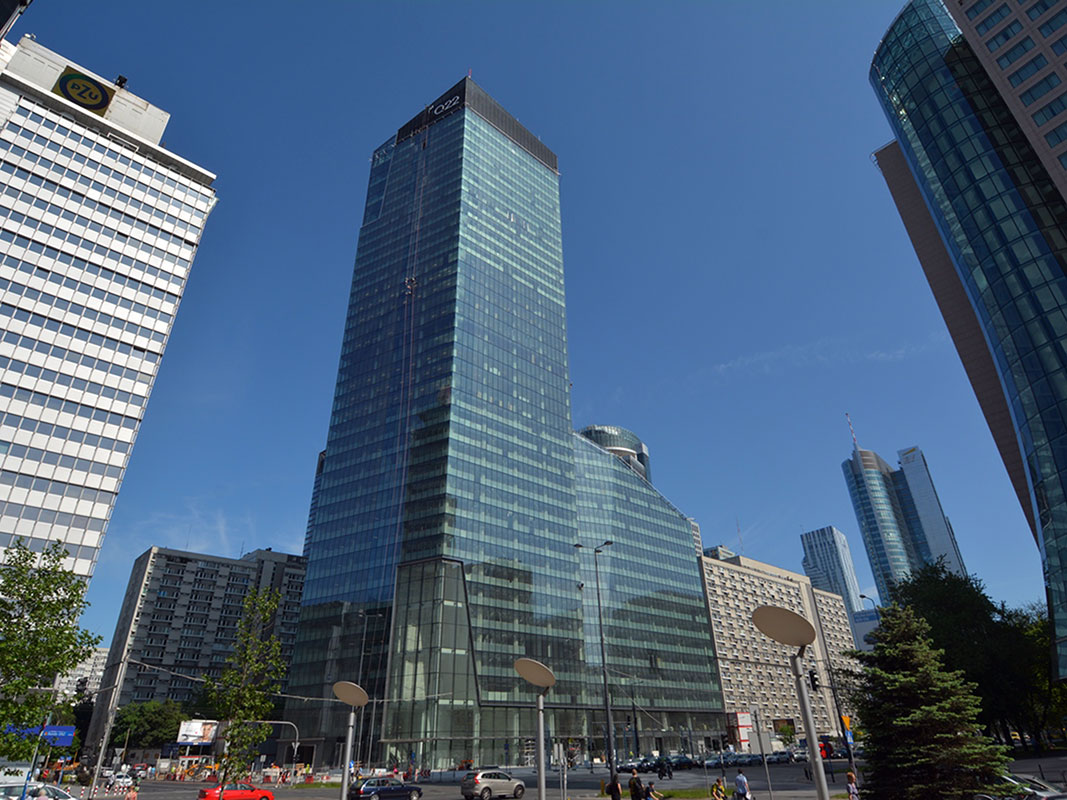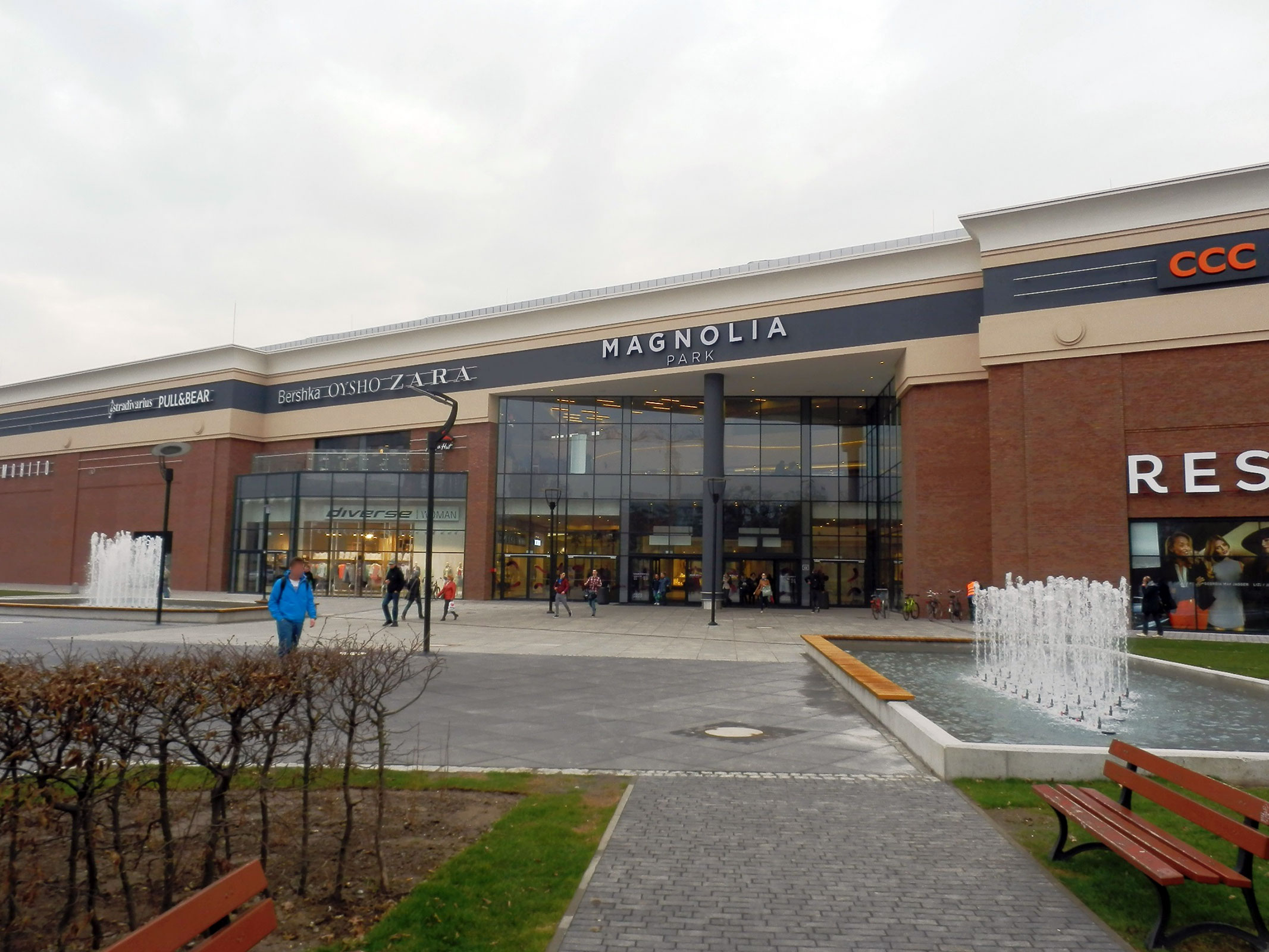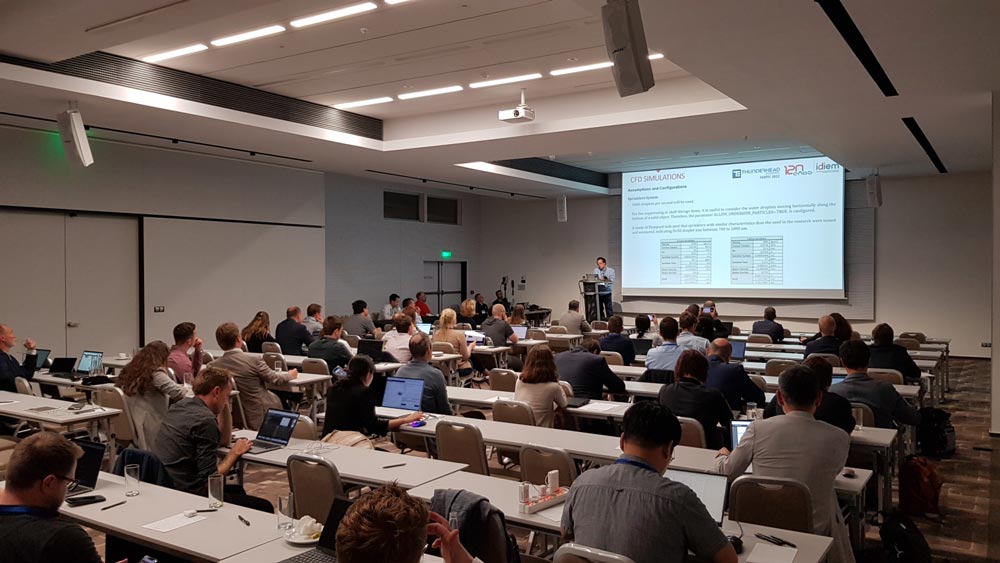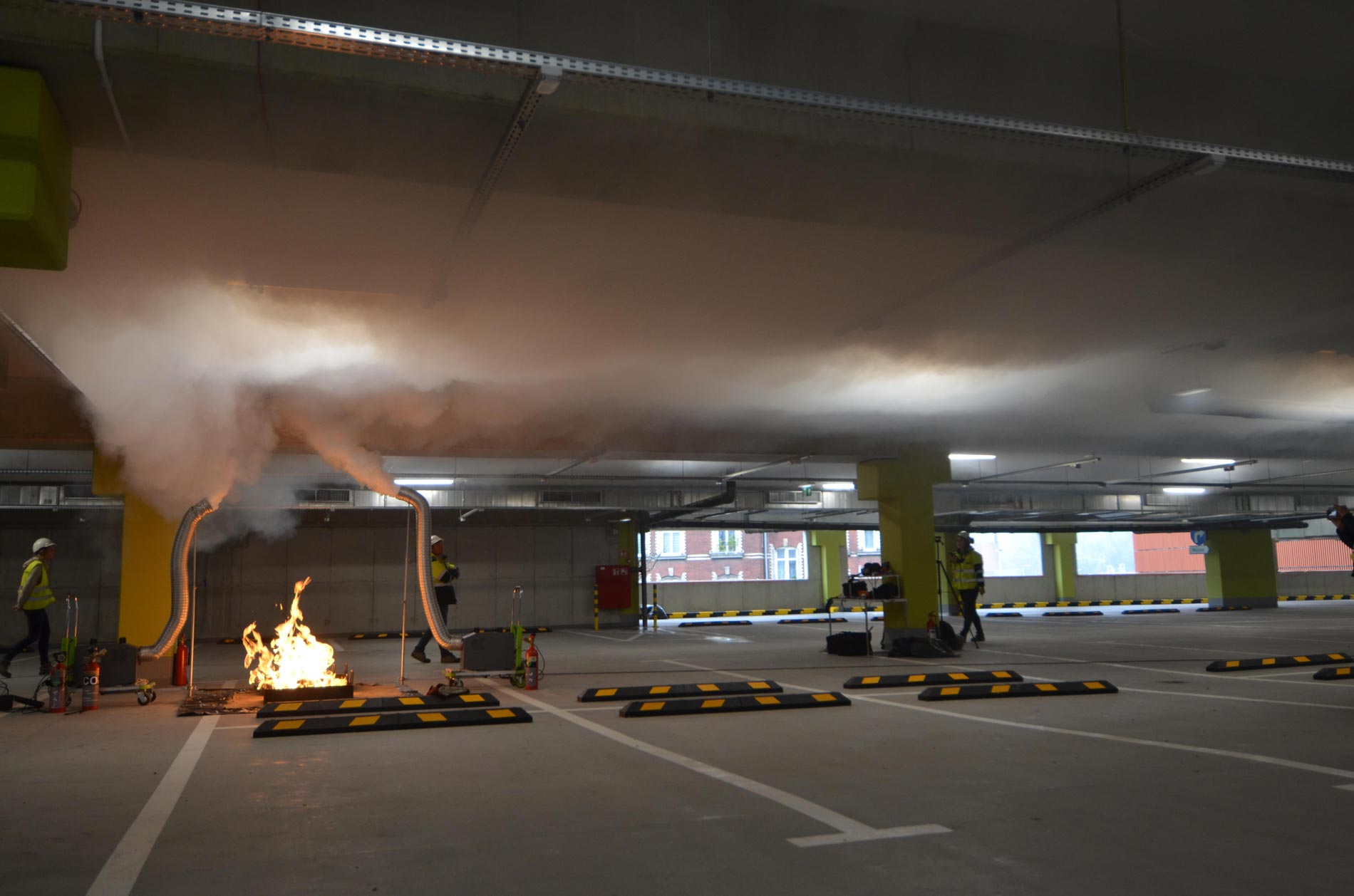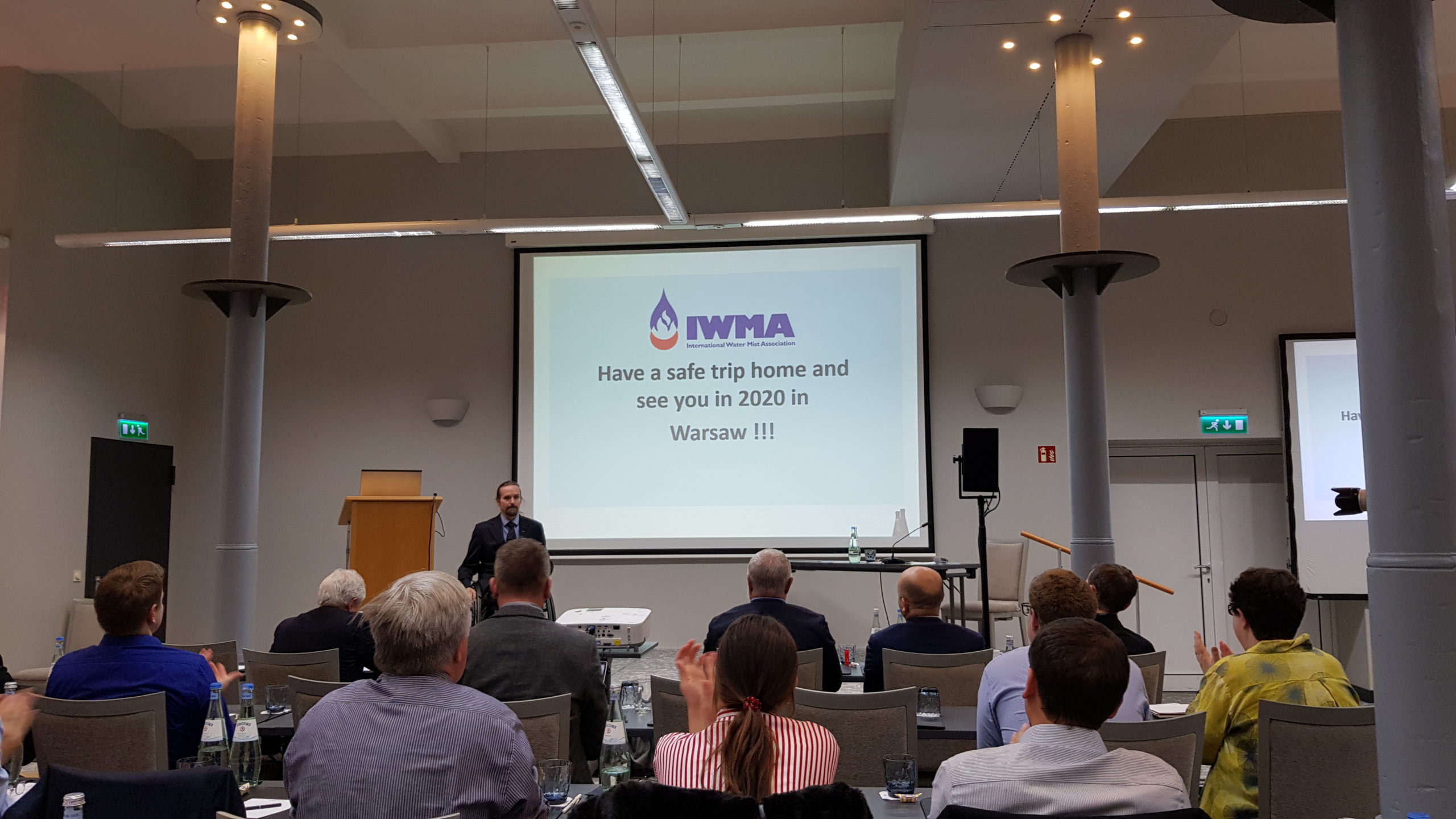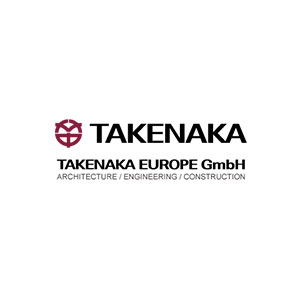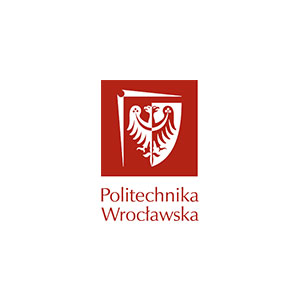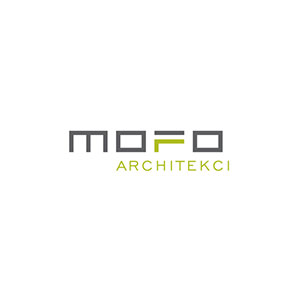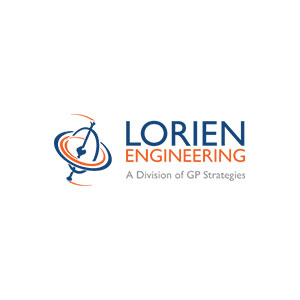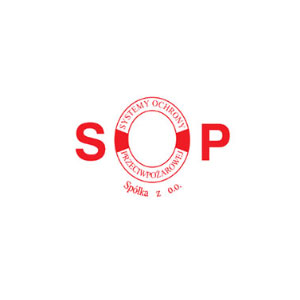Fire
Safety
Engineering

We develop fire safety strategies for buildings and industrial facilities, we analyze the impact of fire on the load-bearing capacity of building structures

We carry out concepts of smoke removal systems, analysis of time and evacuation conditions, simulations of fires by CFD method and acceptance tests using warm smoke
INBEPO Sp. z o. o.
is a specialist fire safety engineering consultancy.
We devise fire safety strategies for buildings at concept design stage, prepare Fire Safety Certificate applications and also offer a range of specialist engineering services such as fire risk assessments, CFD fire modelling, structural fire resistance analysis, smoke control design, hot smoke tests in buildings etc.
Our experience, gathered in Ireland and Poland, covers residential schemes, shopping centres, mixed developments, healthcare facilities, historic buildings, high-rise buildings, distribution centres, industrial buildings and other.
We use state-of-the-art engineering tools to arrive at cost-effective design solutions meeting the statutory requirements with respect to fire safety and also ensure the level of property protection which is required by our clients.
zrealizowane projekty w Polsce i za granicą
zrealizowane próby dymowe dla klientów
publikacje branżowe i wystąpienia publiczne
lat doświadczenia zawodowego zespołu
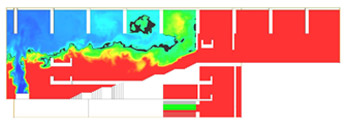
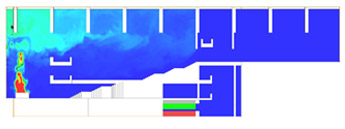
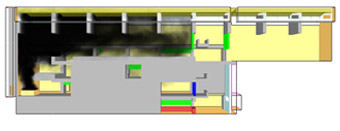
Wide range of services

CFD simulations
Computer simulations using Computational Fluid Dynamics (CFD) allow predictions of heat and smoke movement in complex geometries affected by fire
![]()
Our publications
They trusted us


